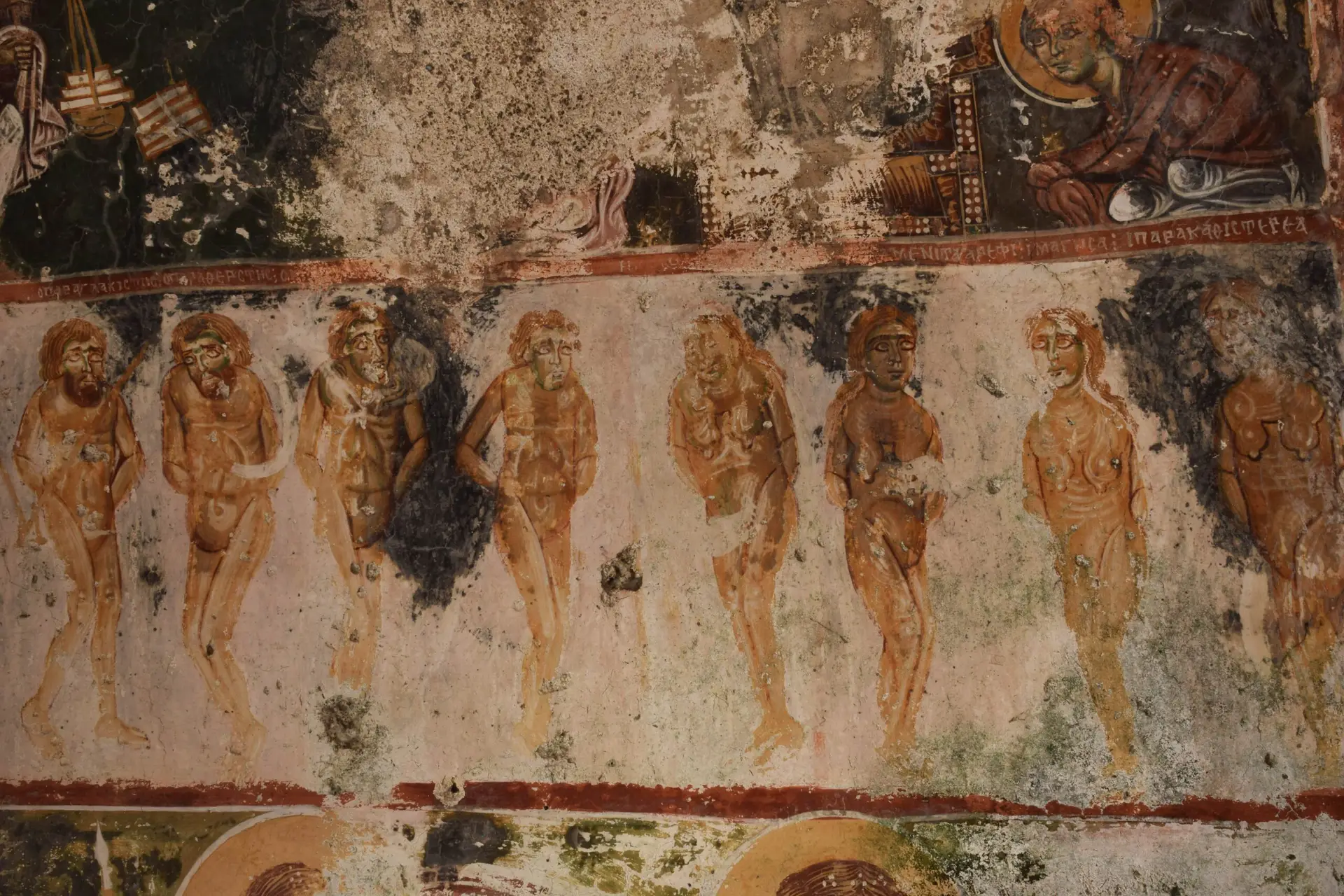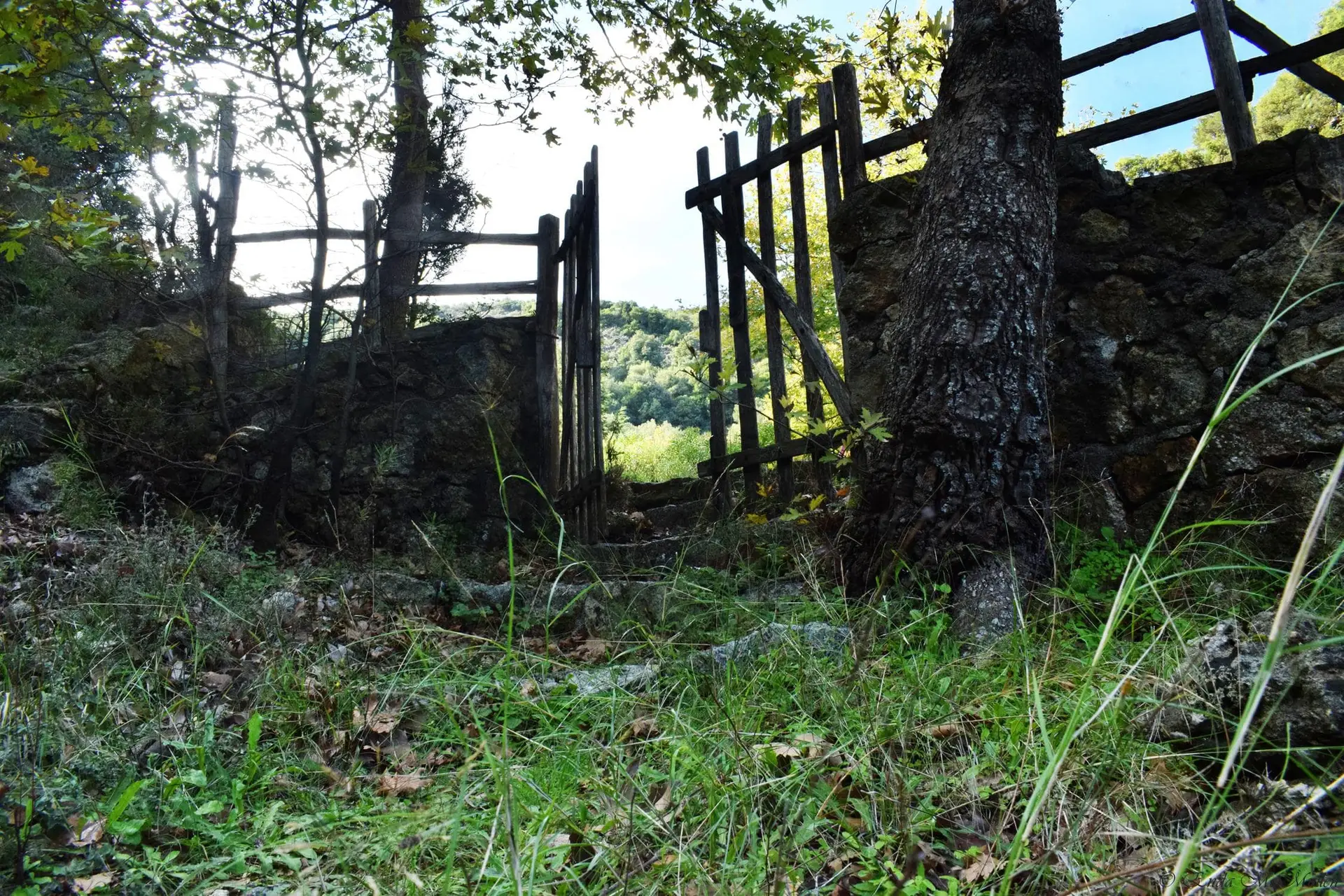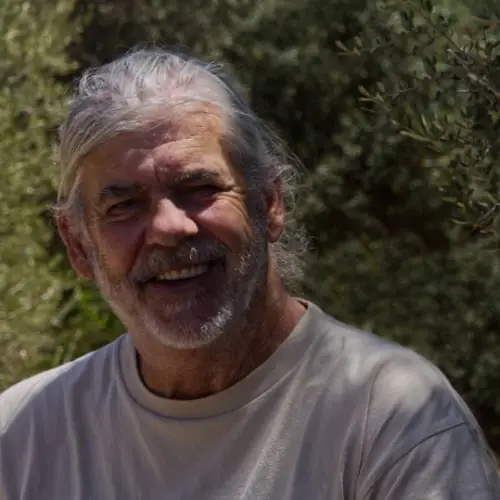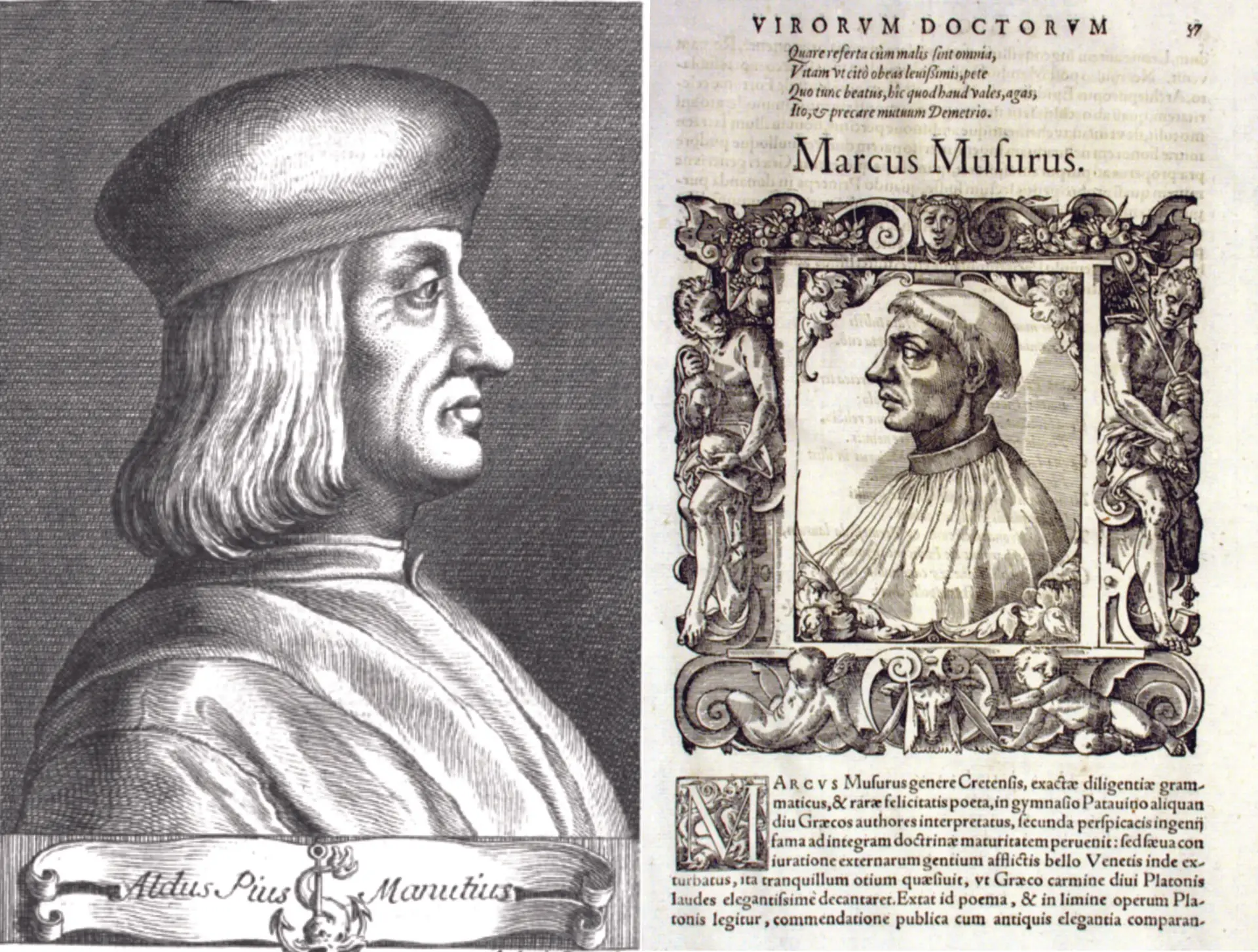The Forgotten Industry Beneath Our Feet
When we stumbled upon the remains of the old tannery, it seemed at first like nothing more than a scatter of weathered stone. But as we looked closer, the place revealed a pattern — a sequence of basins, channels, and drains too deliberate to be accidental. The longer we stood there, the clearer the story became: this was once a place of transformation, where animal hides were turned into leather and parchment, feeding the scribes in the nearby monastery with the parchment needed for their craft and producing leather for markets of a vanished age.
Leather was one of the most essential materials of pre-industrial life — used for clothing, armour, bookbinding, and tools. Yet few people today have seen where it was made. Tanneries were usually built near rivers or springs, both for their abundant water supply and to keep their powerful smells away from homes. What remains here speaks of ingenuity and endurance — a network of basins, each designed for a specific role in the slow alchemy of preservation.
The Story Written in Stone
The round basins, arranged in a line along one side, mark the tannery’s beginning — the cold pits, where raw hides first entered the process. Here they were soaked in clean, cool water to wash away blood, salt, and dirt, then immersed in limewater to loosen hair and tissue. The circular shape allowed easy stirring and prevented hides from snagging in corners, while the lime stripped the skins down to their fibrous structure.
This was a harsh but necessary transformation — the moment when organic skin began to become something that could endure. The tanner’s work was patient and precise, governed not by speed but by the chemistry of lime and time. The pits were rarely empty; some held hides for days, others for weeks, depending on weather, temperature, and the intended quality of the finished leather.
Across from the round basins, the square vats tell of the next phase: tanning and finishing. Their connection to a fireplace suggests warmth was vital here — not boiling heat, but gentle warmth to help tannins and oils penetrate evenly. In these vats, extracts from oak, sumac, or chestnut bark mixed with water to form a tanning liquor that bonded permanently with the hide’s fibres. The warmth quickened the process and stabilized the results, creating leather that was pliable, durable, and resistant to decay.
Together, these two rows of basins — one cold, one warm — form a complete system of craft. Their symmetry mirrors the balance between decay and preservation, between raw matter and finished material. The design shows a deep understanding of chemistry long before the word existed in modern science.

Water, Warmth, and the Work of Transformation
At the end of the cold-processing line stands a larger round basin, breaking the rhythm of its smaller neighbors. This was almost certainly a rinsing vat, where hides were washed clean of lime before moving to the tanning side. Clean water — often mixed with bran or mild acids — neutralized the caustic lime that could otherwise destroy a batch of hides. The larger size allowed for freer movement, ensuring thorough washing and softening.
Just beyond this row lies the broad circular tank that anchors the site. Spring-fed and constantly refreshed, it was both reservoir and final washing pool. Its inflow from a natural spring and outflow to the river below created a self-cleaning system. This steady movement of water kept the tannery sanitary and supplied the basins with an endless source of freshness. The tanners who built it understood their environment intimately — gravity, flow, and purification working together in an elegant, sustainable loop.

“The Middle Ages produced an astonishing amount of manuscripts, many of which have survived in libraries, in cathedrals and museums, and in private collections and bookshops. But how was the material these manuscripts were made from manufactured?”

This design reveals more than function. It reflects a way of thinking — an awareness of balance between craft and nature. Water entered clean, did its work, then departed through stone drains, filtered by sediment before joining the river again. In an age before industry and waste management, this was a remarkably efficient, low-impact system.
Standing here now, surrounded by silence and sunlight, you can almost imagine the tannery alive again: the hiss of the fireplace, the murmur of workers turning hides in vats, the sound of running water echoing off the walls. The smell would have been powerful — lime, bark, smoke, and wet leather mingling in the air. But for those who laboured here, this was the scent of livelihood, the smell of creation.
What remains today is more than ruin. It is a diagram of process, a physical memory of skill and labour. Every basin and channel speaks of knowledge passed down through generations — the ability to control water, fire, and time to make something lasting. The tannery stands now as a monument to patience, precision, and the enduring human desire to transform the impermanent into the eternal.








